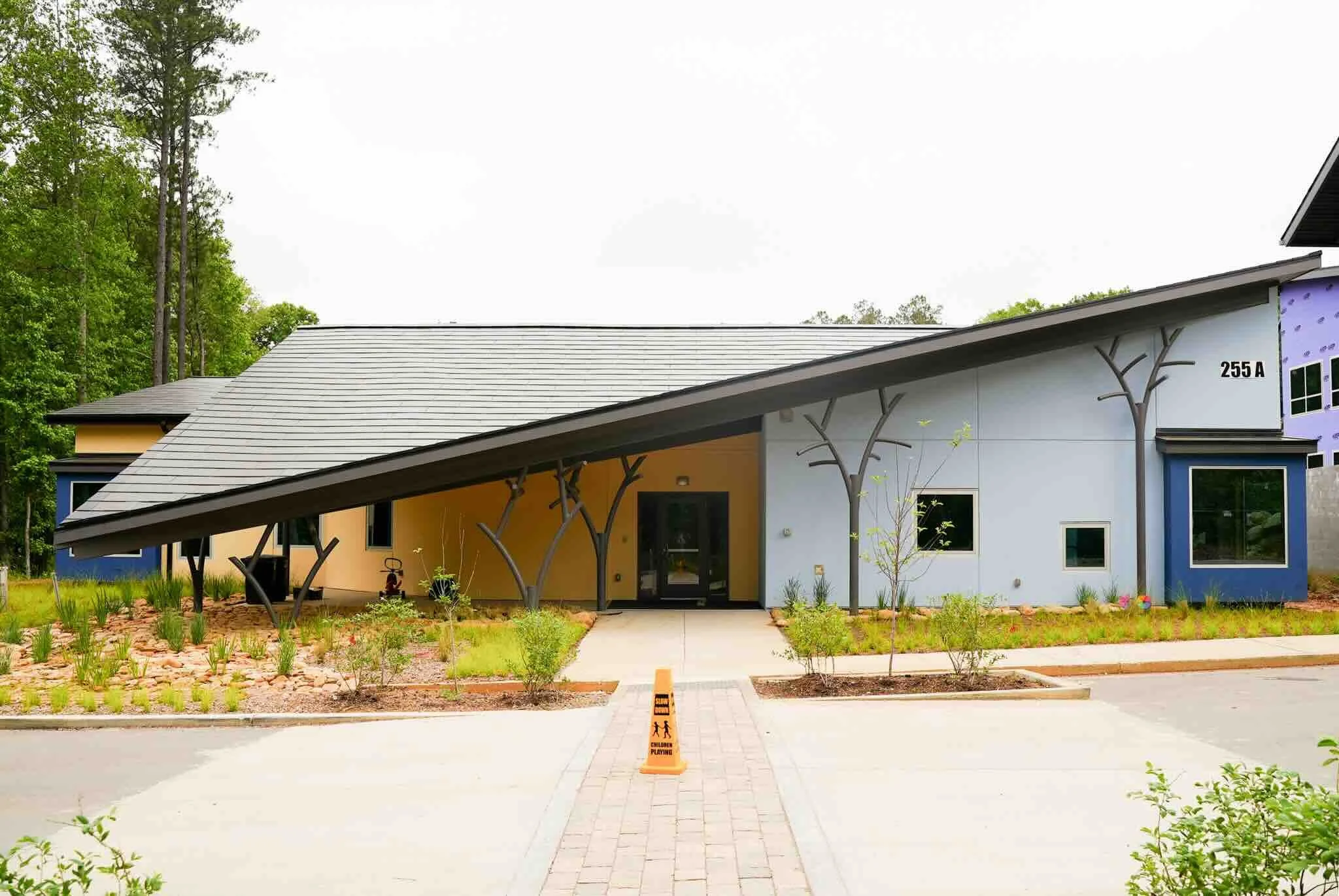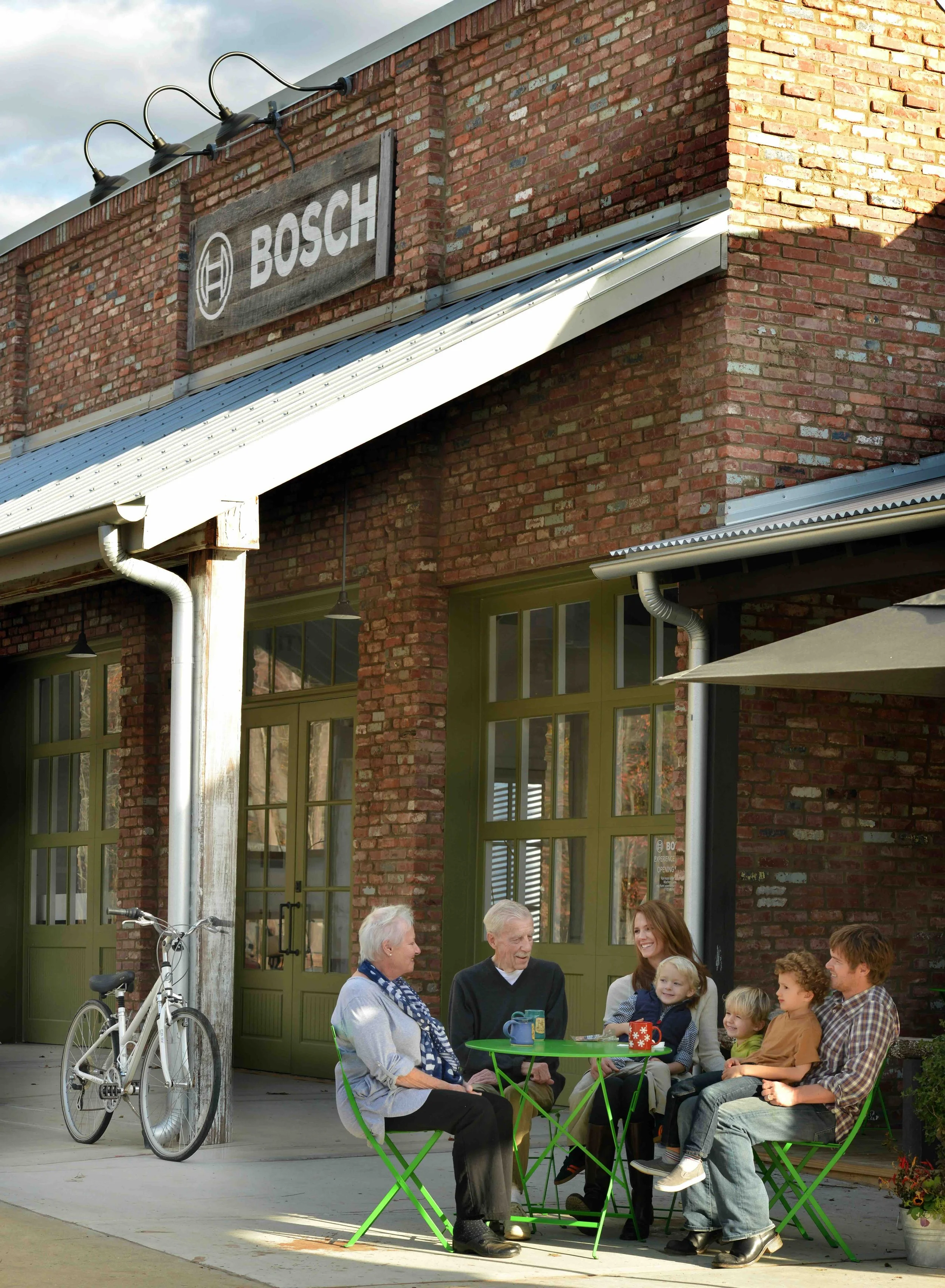Chapter 10
A Place for People of All Ages
QR Code 10.1
Read “Growing Outdoors,” an article Richard Louv wrote for the National Wildlife Federation. It provides a fascinating overview of the many health, social, and educational benefits children (and the rest of us) stand to gain from being in nature.
QR Code 10.2
Connecting students to the outdoors gives them what they truly need to learn. The Children and Nature Network has compiled compelling evidence that natural environments support and improve academic achievement and help children focus and better control their mood. See a helpful infographic that sums up their findings.
QR Code 10.3
Elevators and escalators are necessary, but they should not be the most available means to access upper stories. Instead, create attractive and inviting stairways with good handrails and lighting. Stair-climbing has numerous health and wellness benefits, particularly for seniors.
Climbing stairs is a simple yet effective way to engage the cardiovascular system. It elevates the heart rate, improves circulation, and strengthens the heart, reducing the risk of heart disease, which is especially important for seniors. Stairs require the use of leg muscles, particularly the quadriceps, hamstrings, and calves. Regularly using stairs helps to maintain and build leg strength, which is critical for mobility and balance as people age. Climbing stairs also activates the core muscles, which play a vital role in maintaining posture and balance, helping seniors stay steady on their feet and challenges and improves balance, which is a critical skill for preventing falls in seniors. By stabilizing themselves with each step, older adults enhance their overall coordination. Strengthening leg muscles and improving balance through stair climbing can help prevent falls, a leading cause of injury among seniors.
Weight-bearing activities like stair climbing help improve bone density, which is important for reducing the risk of osteoporosis, a condition that weakens bones and increases the likelihood of fractures, especially in seniors.Physical activities like stair climbing are linked to improved cognitive function. Moving between different levels and balancing while ascending or descending stairs stimulates the brain and may help protect against age-related cognitive decline.The ability to climb stairs is closely linked to independence in older adults. By regularly using stairs, seniors can maintain functional fitness, which helps them perform everyday activities like walking, lifting, or standing up from a seated position, reducing their reliance on others for assistance.
Stair climbing burns more calories than standing on an elevator or escalator. For seniors, maintaining a healthy weight through regular physical activity can reduce the risk of obesity-related conditions such as diabetes and heart disease. Engaging in physical activities like stair climbing can help reduce stress, anxiety, and depression by releasing endorphins, the body’s natural mood enhancers. These benefits contribute to overall emotional well-being.
Incorporating designs with a focus on stairs vs the ease of elevators in one of the best examples of policy and trends that resulted in unintended consequences. This change in design principles into senior housing design can significantly reduce sedentary behavior, encouraging more active and fulfilling lives, much like the successful approaches seen in Blue Zones.











